In an age where mass production dominates global commerce, scattered pockets of craftspeople continue practicing skills that their ancestors perfected centuries ago. These artisan villages serve as living museums where traditional techniques aren’t just preserved but actively practiced by communities who refuse to let ancient knowledge disappear into history books.
Each village represents a different facet of human creativity, from pottery and weaving to metalwork and glassblowing, demonstrating how cultural identity often flows through the hands of skilled craftspeople. Here is a list of 18 remarkable artisan villages where traditional skills continue thriving in our modern world.
Deruta, Italy
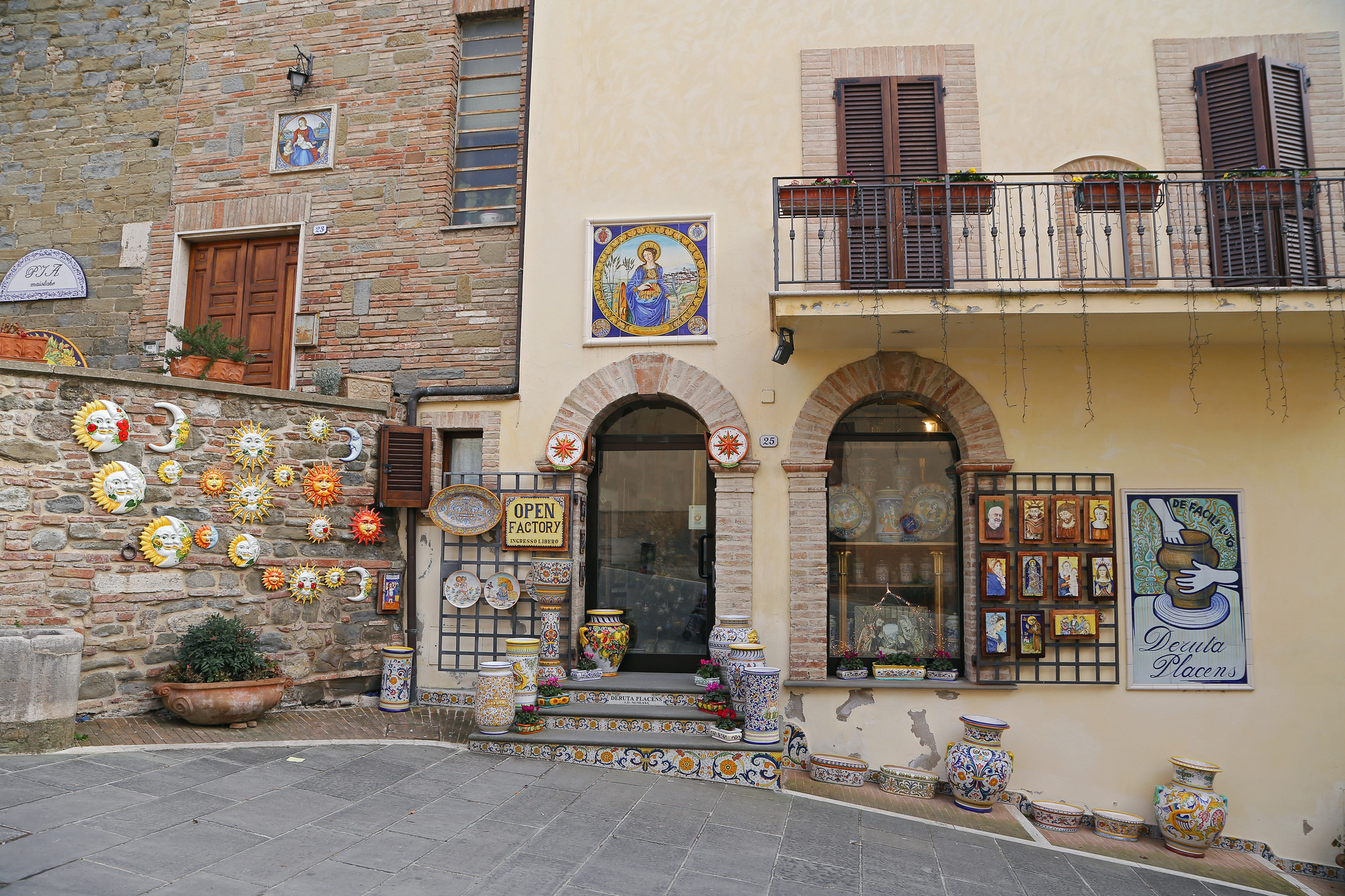
Italy’s Umbrian hilltop town has been producing distinctive majolica ceramics since the 14th century, with techniques passed down through families who treat pottery as both livelihood and cultural heritage. The town’s workshops line narrow medieval streets where visitors can watch masters hand-paint intricate designs that have decorated Italian dining tables for over 600 years.
Local artisans still use traditional kilns and glazing methods, creating pieces that would be recognizable to Renaissance craftspeople who established the town’s reputation. The pottery school here trains new generations in time-honored techniques, ensuring that Deruta’s ceramic legacy continues evolving while honoring its historical roots.
Murano, Italy
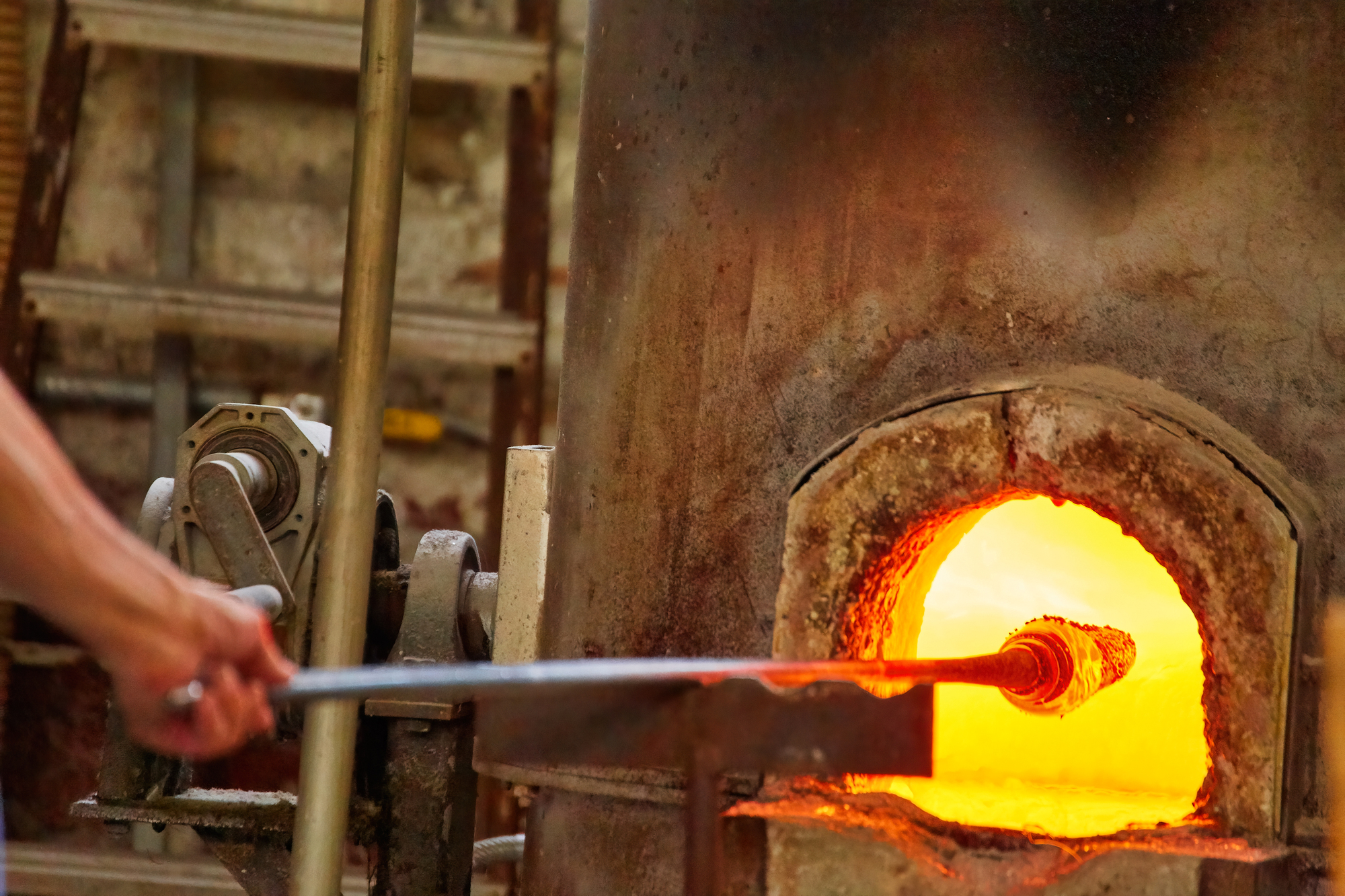
Venice’s famous glass island maintains centuries-old glassblowing traditions that have made Murano synonymous with luxury crystal worldwide. Master glassblowers work in furnaces that burn continuously, shaping molten glass using tools and techniques that haven’t changed significantly since the Middle Ages.
The island’s workshops guard their secrets carefully, with some families keeping specific color formulas private for generations while training apprentices in the demanding physical skills required for quality glasswork. Visitors can observe the mesmerizing process of transforming sand and fire into delicate artworks that command premium prices in galleries around the world.
Oaxaca, Mexico
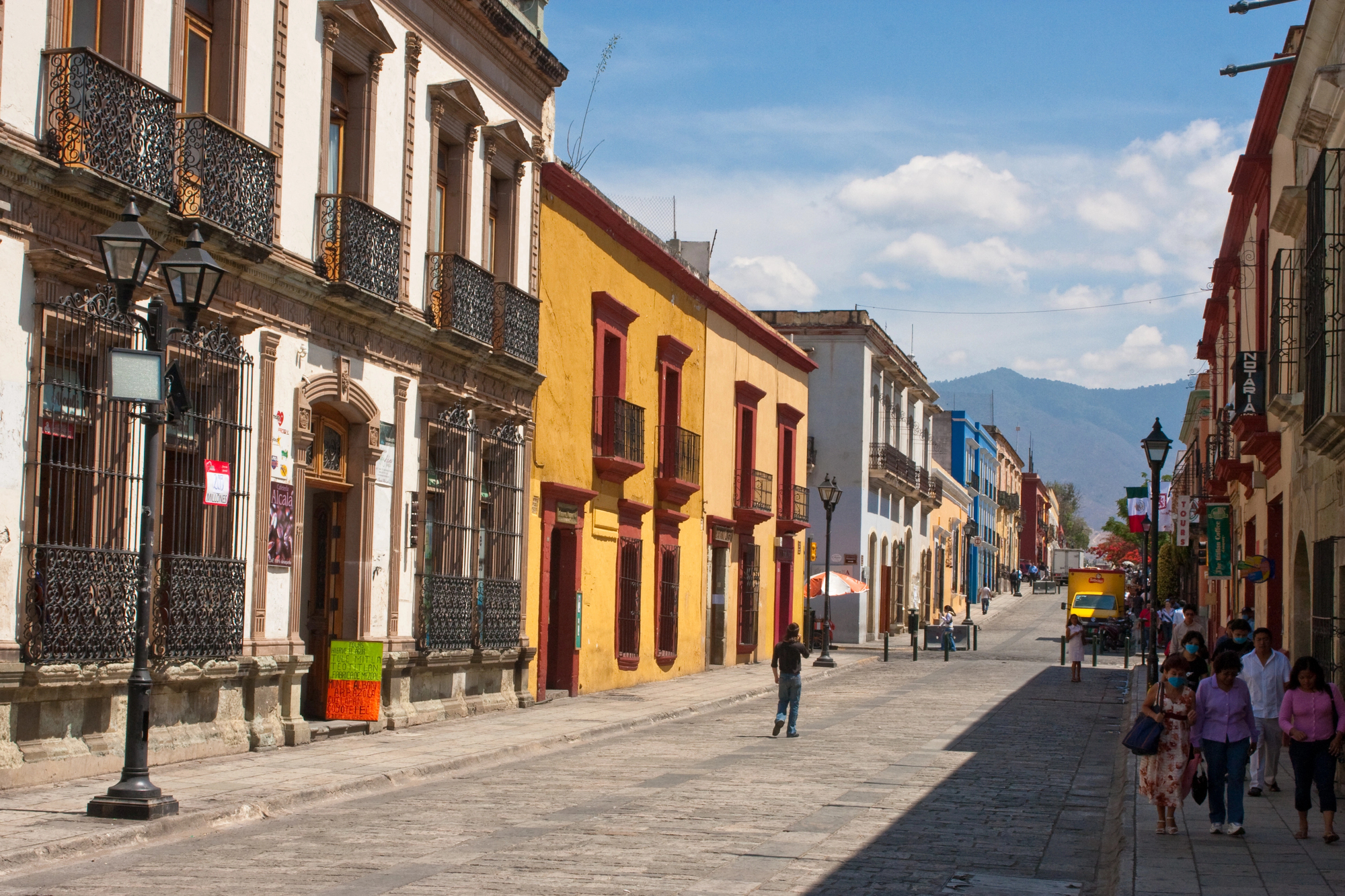
Mexico’s cultural capital buzzes with artisan activity across multiple neighborhoods where Zapotec and Mixtec traditions blend with contemporary Mexican creativity. The city’s markets overflow with hand-woven textiles, carved wooden figures, and pottery that represents indigenous techniques refined over centuries.
Local cooperatives ensure that traditional knowledge passes to younger generations while providing fair compensation for skilled work that machines cannot replicate. The combination of ancient techniques with modern design sensibilities has made Oaxacan crafts increasingly popular with international collectors who appreciate authentic handmade quality.
Like Travel Pug’s content? Follow us on MSN.
Jingdezhen, China

China’s porcelain capital has been producing fine ceramics for over 1,000 years, earning recognition as the birthplace of techniques that revolutionized pottery worldwide. The city’s workshops still operate traditional dragon kilns where master potters create pieces using methods developed during imperial dynasties.
Local artisans specialize in different aspects of porcelain production, from throwing and glazing to the intricate painting that makes Chinese ceramics instantly recognizable. The city’s art schools attract international students who want to learn authentic Chinese ceramic techniques from masters whose families have practiced these skills for countless generations.
Fez, Morocco
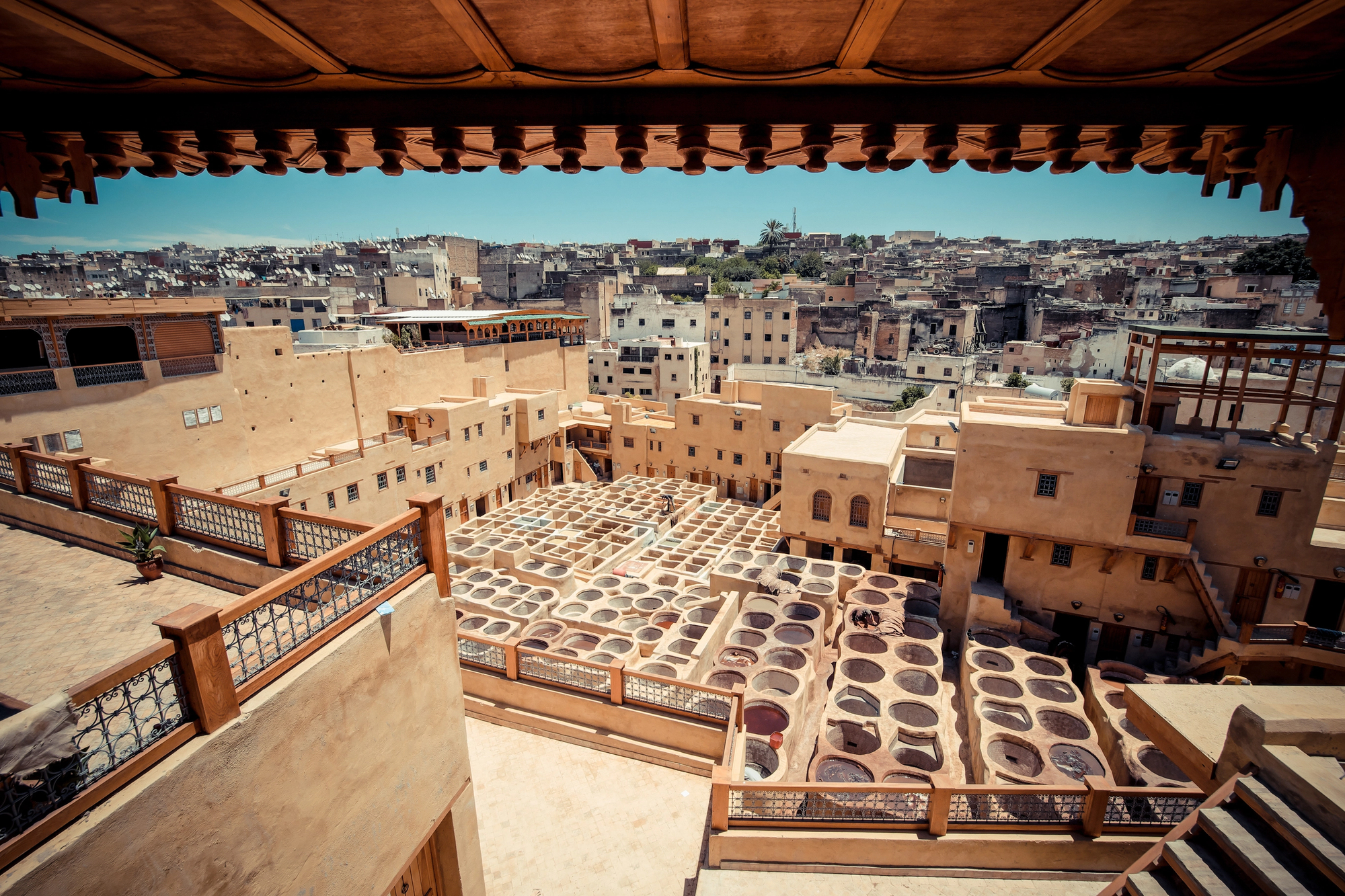
Morocco’s ancient imperial city maintains traditional leather tanning and metalworking industries that have operated continuously since medieval times. The famous tanneries use natural dyes and techniques that produce leather quality unmatched by modern industrial methods, though the work requires incredible skill and physical endurance.
Local metalworkers create intricate brass and copper pieces using hand tools and techniques that produce the detailed geometric patterns characteristic of Islamic art. The medina’s narrow alleys echo with the sounds of hammering and crafting as artisans continue practices that have sustained their families for generations.
Wenzhou, China

China’s eyewear capital demonstrates how traditional manufacturing skills can adapt to modern markets while maintaining craft-based production methods. Local workshops produce handmade eyeglass frames using techniques that combine traditional woodworking and metalworking with contemporary design requirements.
The city’s artisans specialize in custom work that requires the kind of precision and attention to detail that automated production cannot achieve. Family workshops train apprentices in skills that blend traditional Chinese craftsmanship with modern optical technology, creating products that compete globally based on quality rather than price.
Like Travel Pug’s content? Follow us on MSN.
Ubud, Bali

Indonesia’s cultural heart supports thousands of artisans who practice traditional Balinese wood carving, silver smithing, and painting techniques rooted in Hindu spiritual traditions. The village’s workshops operate as extended family enterprises where children grow up learning craft skills alongside religious and cultural teachings.
Local artisans create everything from temple decorations to contemporary art pieces, demonstrating how traditional techniques can evolve while maintaining their spiritual and cultural significance. The international art community’s presence in Ubud has created markets for traditional crafts while encouraging innovation within established cultural frameworks.
Limoges, France
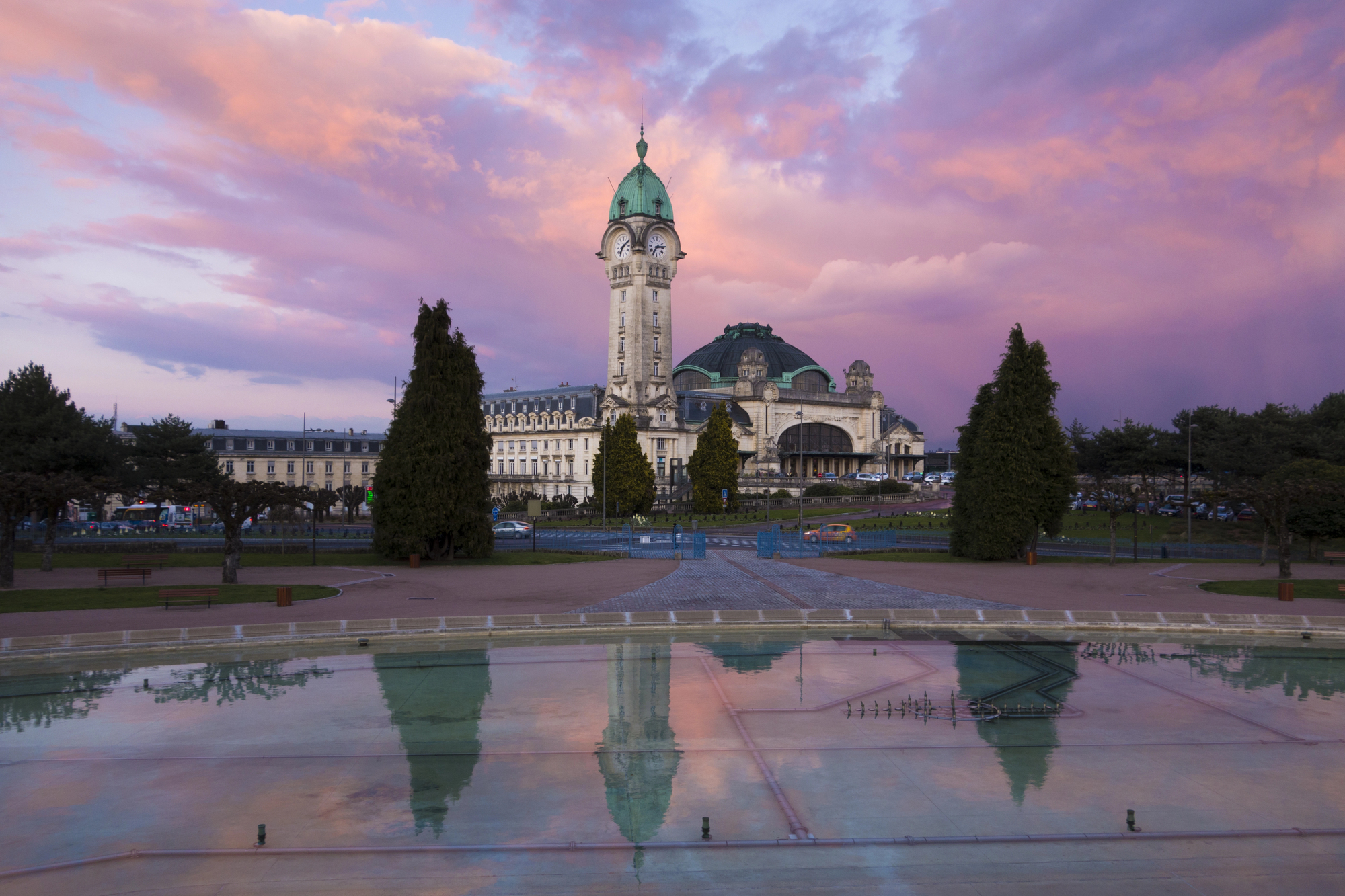
France’s porcelain capital continues producing luxury ceramics using techniques perfected during the 18th century when local kaolin deposits made Limoges synonymous with fine china. The city’s workshops employ master painters who spend years learning to execute the precise brushwork required for hand-painted porcelain that adorns tables in palaces and fine restaurants worldwide.
Local artisans maintain traditional firing methods that produce the distinctive translucent quality that makes Limoges porcelain instantly recognizable to collectors. The combination of superior materials and centuries-refined techniques ensures that Limoges continues setting global standards for luxury ceramics.
Mashiko, Japan
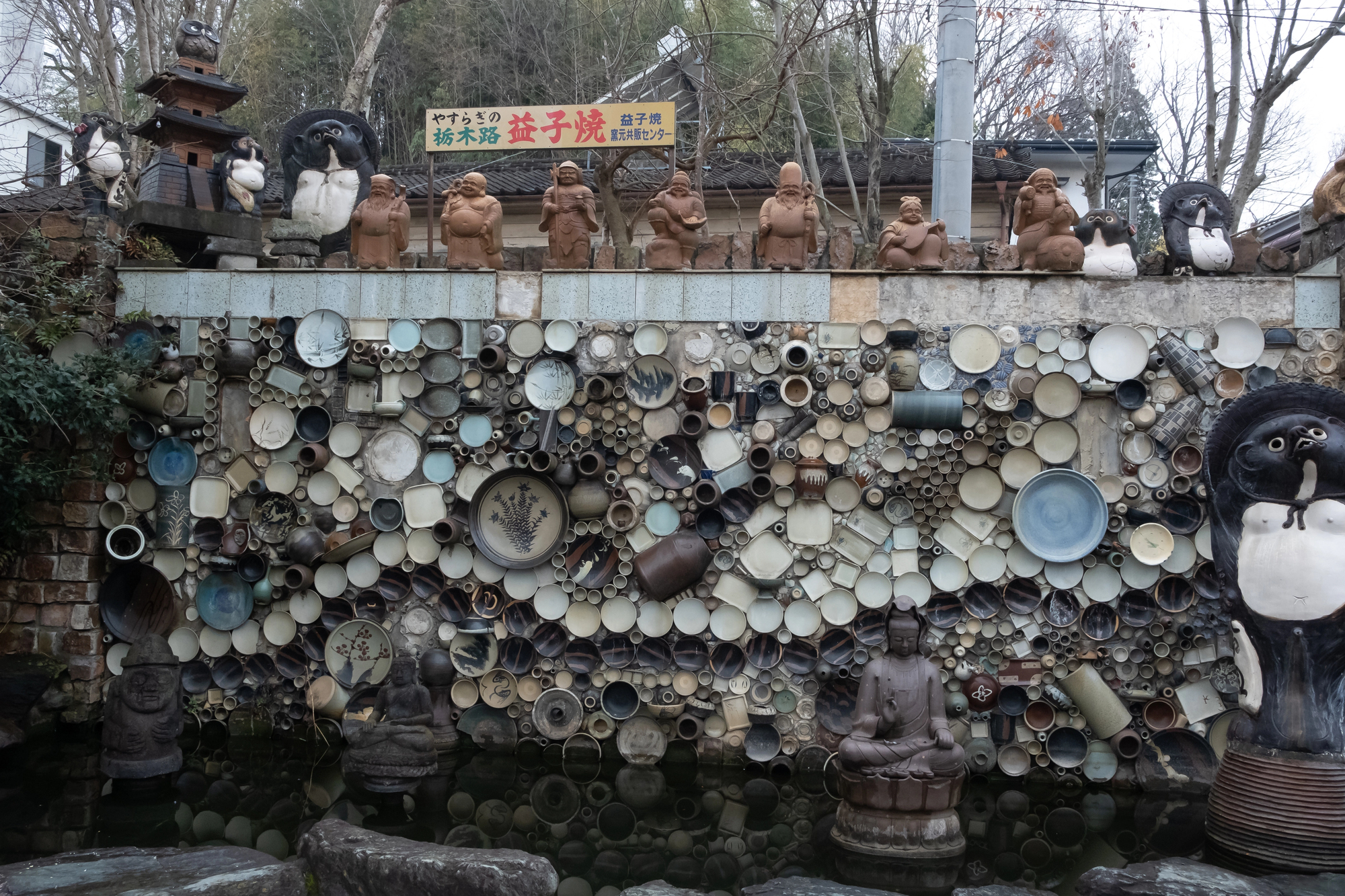
Japan’s pottery town became internationally famous after Shoji Hamada and other mingei movement potters established workshops that emphasized functional beauty over mere decoration. The town’s ceramic tradition focuses on creating everyday objects that achieve aesthetic excellence through perfect form and subtle glazing rather than elaborate ornamentation.
Local potters still dig their own clay and mix custom glazes, maintaining direct connections between raw materials and finished pieces that industrial production cannot replicate. The town’s pottery festival attracts collectors and artisans from around the world who appreciate the Japanese philosophy that elevates simple functionality to artistic expression.
Like Travel Pug’s content? Follow us on MSN.
Scarperia, Italy

Italy’s knife-making capital in Tuscany has been producing handcrafted blades since the 14th century, with techniques that combine metallurgy skills with artistic handle decoration. Local blacksmiths still forge blades using traditional methods that produce superior steel quality, while craftspeople create elaborate handles using horn, wood, and precious metals.
The town’s knife makers guard their tempering secrets carefully, ensuring that each blade achieves the perfect balance between hardness and flexibility required for professional culinary use. Modern chefs worldwide seek out Scarperia knives because handcrafted quality remains superior to mass-produced alternatives for serious cooking applications.
Kamakura, Japan
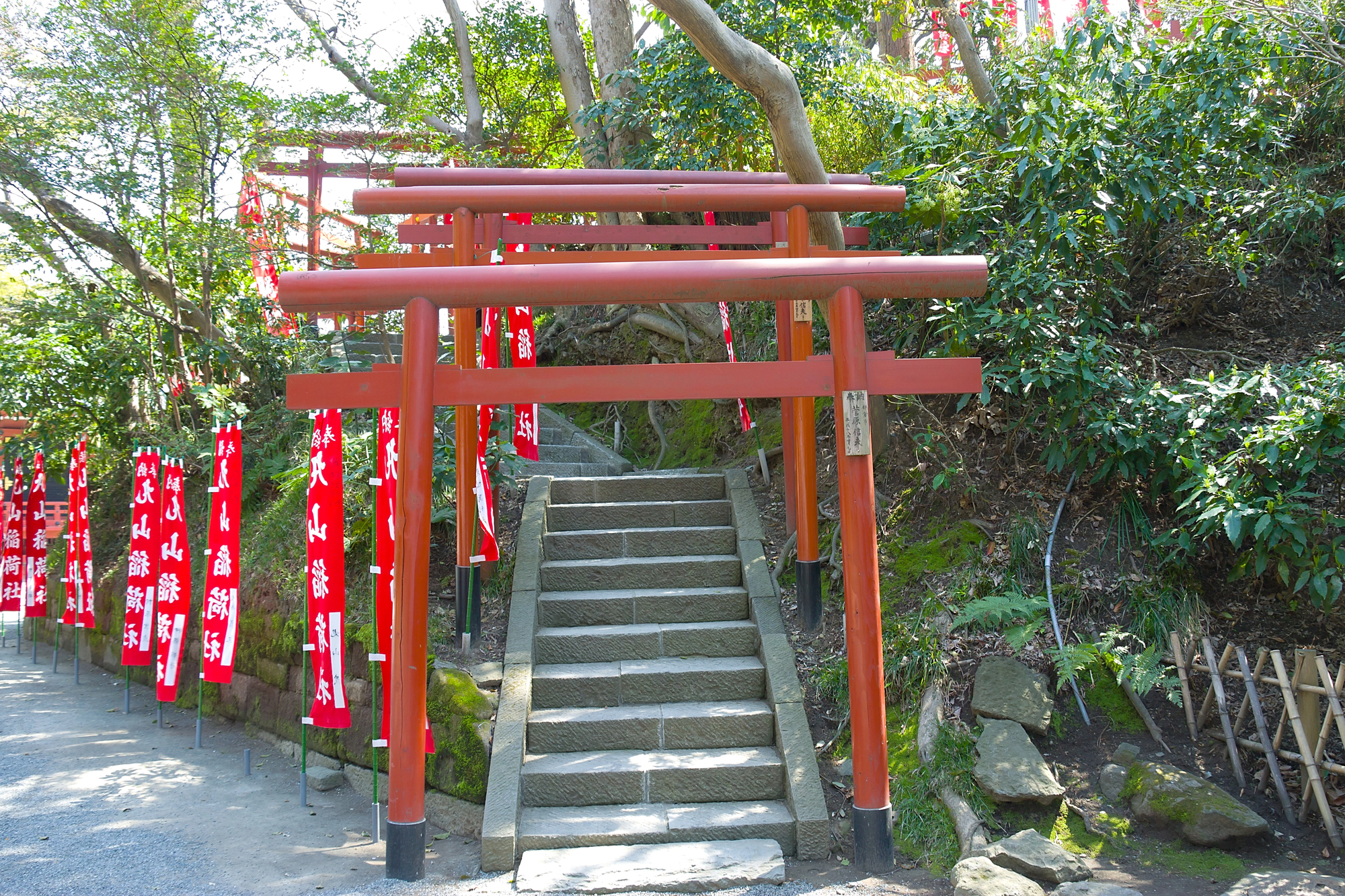
Japan’s ancient capital maintains traditional bamboo crafting industries where artisans create everything from tea ceremony implements to architectural elements using techniques refined over centuries. Local craftspeople work with bamboo species that grow in the surrounding mountains, understanding how different varieties suit specific applications based on flexibility, grain patterns, and aging characteristics.
The city’s workshops produce items for tea ceremony schools and traditional architecture projects that require authentic materials and construction methods. Master craftspeople train apprentices in techniques that transform simple bamboo into artistic objects that embody Japanese aesthetic principles of simplicity and natural beauty.
Tonalá, Mexico

Mexico’s pottery capital near Guadalajara supports thousands of artisans who create ceramics using pre-Hispanic techniques combined with colonial Spanish influences. The town’s workshops specialize in different ceramic styles, from burnished pottery that requires no glazing to elaborate painted pieces that showcase traditional Mexican folk art motifs.
Local markets buzz with activity as families work together creating pottery that supplies markets throughout Mexico and attracts international collectors seeking authentic Mexican ceramics. The combination of indigenous clay working techniques with Spanish glazing methods has created distinctive ceramic traditions that continue evolving while maintaining cultural authenticity.
Like Travel Pug’s content? Follow us on MSN.
Stoke-on-Trent, England
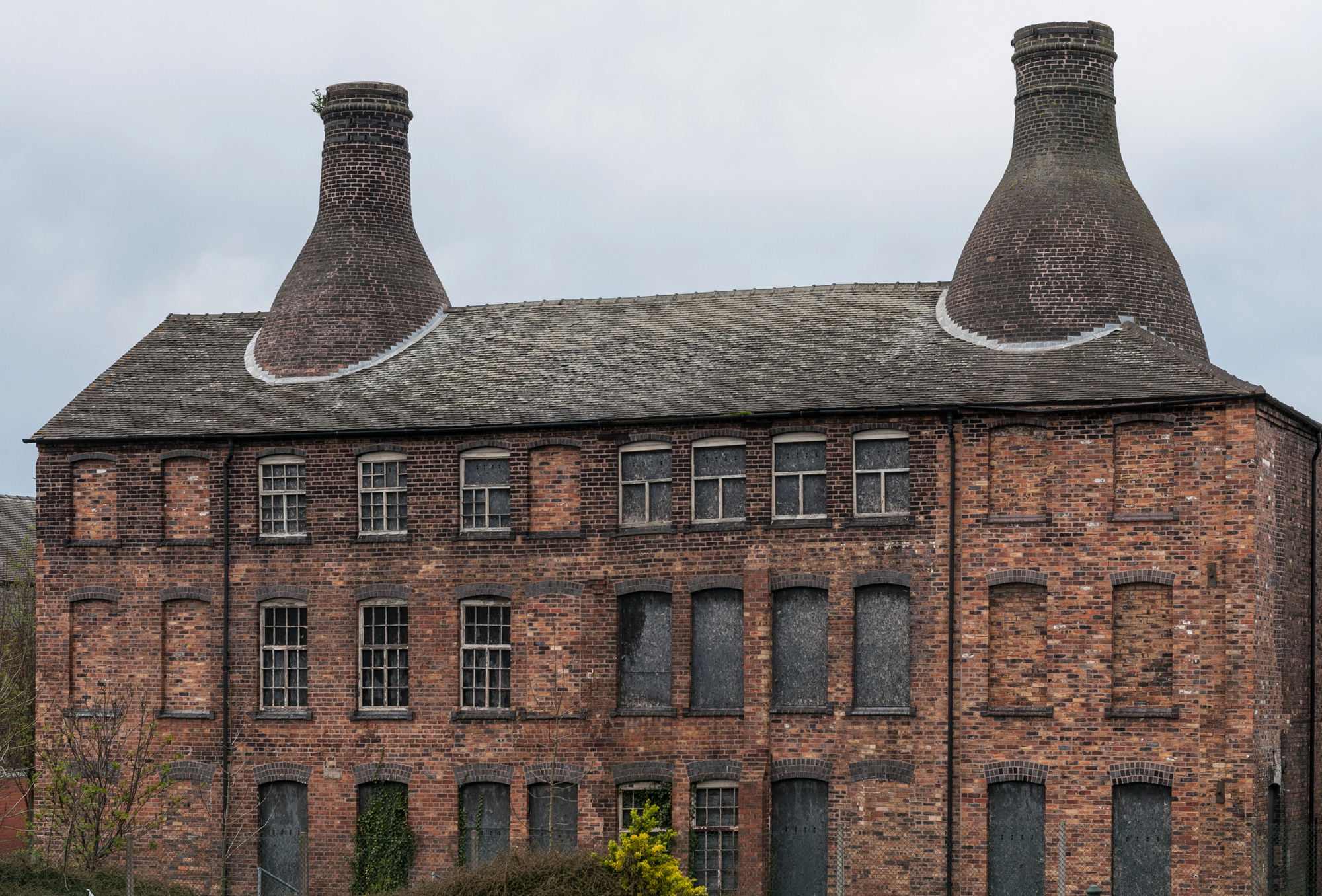
England’s pottery capital maintains traditional ceramic industries despite global competition, with local workshops continuing to produce fine bone china using techniques developed during the Industrial Revolution. The city’s remaining potteries employ craftspeople who hand-finish pieces that machines cannot complete, particularly complex decorative work that requires human judgment and artistic skill.
Local ceramic schools train new generations in traditional English pottery techniques while encouraging innovation that keeps British ceramics competitive in luxury markets. The combination of high-quality local materials and centuries of ceramic expertise ensures that Stoke-on-Trent pottery maintains its reputation for excellence.
Bansko, Bulgaria

Bulgaria’s mountain town preserves traditional woodworking and icon painting techniques that reflect centuries of Orthodox Christian artistic traditions. Local workshops create religious icons using traditional egg tempera and gold leaf applications that require years of training to master properly.
The town’s woodworkers specialize in traditional Bulgarian furniture and architectural elements that showcase intricate carving techniques passed down through generations. The combination of religious art and furniture making creates a unique artisan community where spiritual and practical crafts support each other within traditional cultural frameworks.
Arita, Japan

Japan’s porcelain birthplace continues producing ceramics using Korean techniques introduced in the 17th century, with local artisans maintaining standards that made Japanese porcelain internationally famous. The town’s workshops specialize in different aspects of porcelain production, from clay preparation and throwing to the intricate underglaze painting that characterizes traditional Japanese ceramics.
Local kilns still fire pieces using traditional methods that produce the distinctive blue and white patterns that influenced ceramic design worldwide. The town’s ceramic tradition demonstrates how imported techniques can evolve into distinctly local art forms when practiced by skilled artisans over multiple generations.
Like Travel Pug’s content? Follow us on MSN.
Talavera de la Reina, Spain
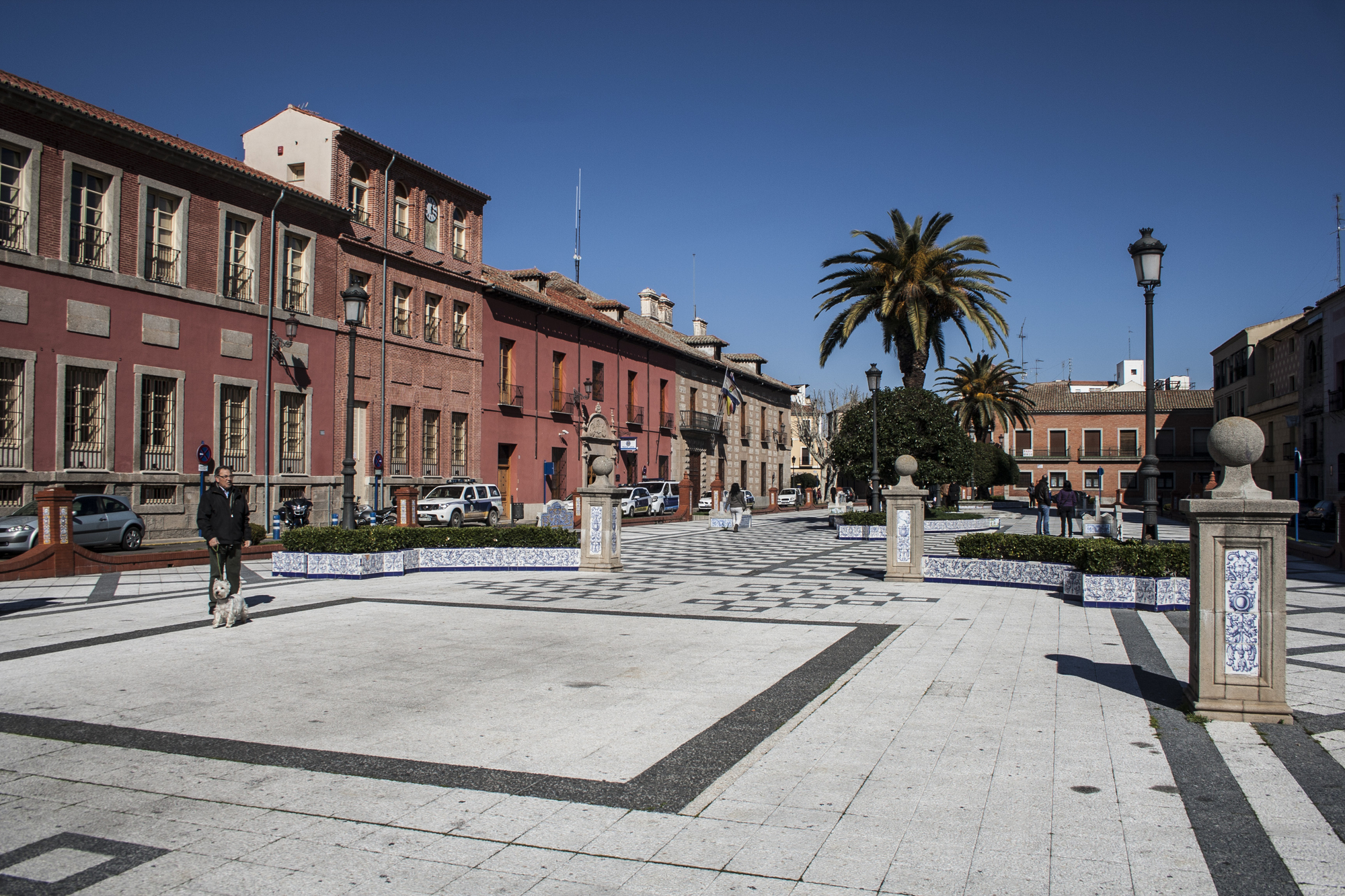
Spain’s ceramic capital maintains traditional pottery techniques that combine Moorish, Jewish, and Christian influences into distinctive Spanish ceramic styles recognized worldwide. The town’s workshops continue using traditional kilns and glazing methods that produce the characteristic blue and white pottery associated with Spanish colonial architecture throughout Latin America.
Local artisans specialize in different ceramic applications, from decorative tiles that adorn buildings to functional pottery that graces Spanish kitchens and dining rooms. The town’s ceramic tradition influences pottery production throughout the Spanish-speaking world while maintaining its authentic Iberian character.
Gzhel, Russia

Russia’s ceramic capital produces the distinctive blue and white pottery that has become synonymous with Russian folk art, using techniques developed by peasant craftspeople during the 18th century. The town’s workshops employ traditional hand-painting methods that create the flowing floral designs characteristic of Gzhel ceramics, with each piece requiring hours of detailed brushwork.
Local artisans maintain traditional firing methods that produce the brilliant white background that makes blue decorations pop with striking contrast. The village’s ceramic tradition survived Soviet industrialization and continues thriving as both a folk art and commercial enterprise that represents authentic Russian craftsmanship.
Vallauris, France
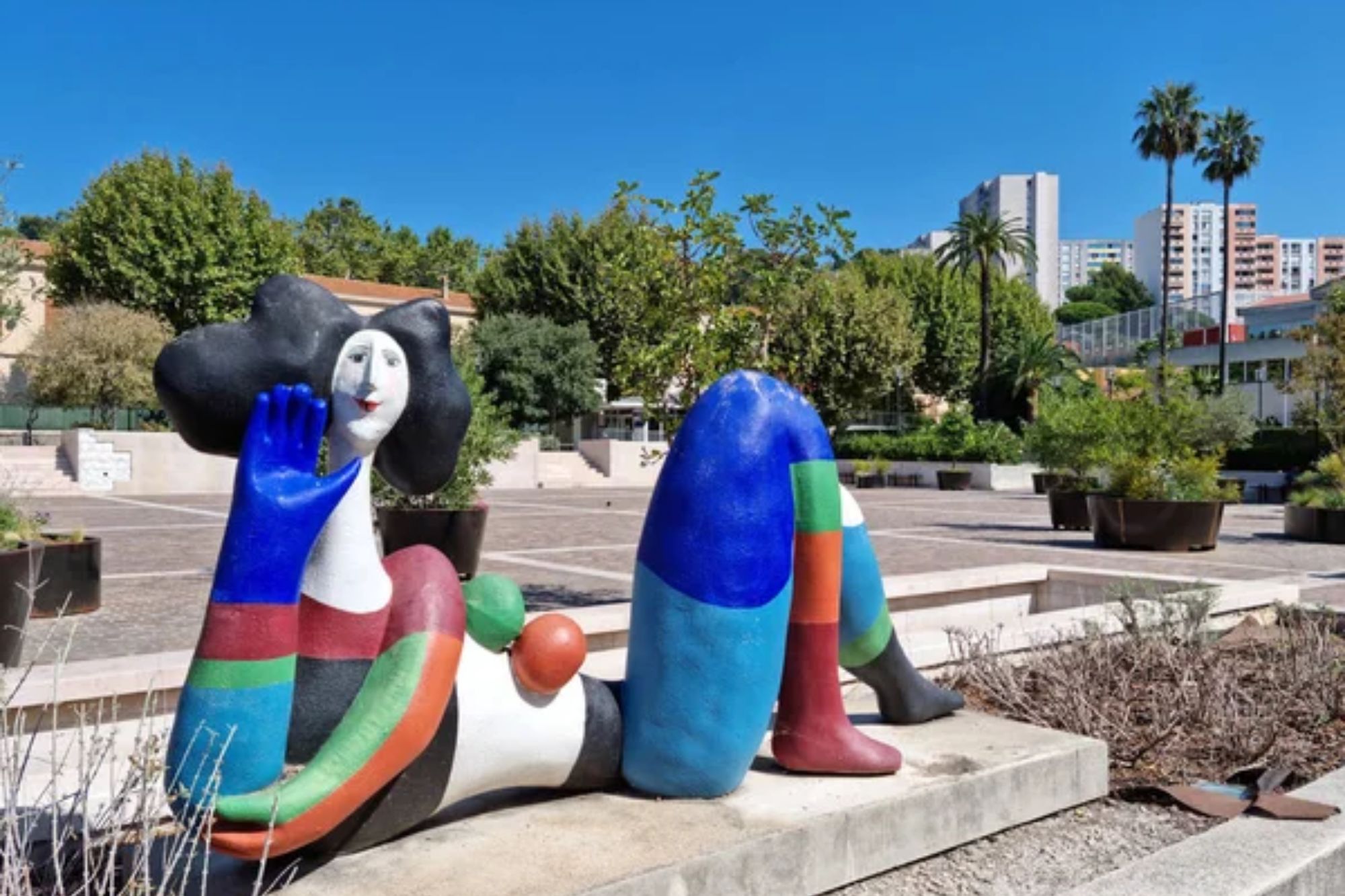
France’s pottery town on the Côte d’Azur became internationally famous when Pablo Picasso established a ceramic studio here, attracting artists who combined traditional pottery techniques with modern artistic expression. The town’s workshops continue producing both functional ceramics and artistic pieces that reflect the influence of famous artists who worked alongside local potters.
Local artisans maintain traditional Mediterranean pottery techniques while incorporating contemporary designs that appeal to international art collectors and tourists seeking authentic French ceramics.
Like Travel Pug’s content? Follow us on MSN.
Where Hands Meet Heritage
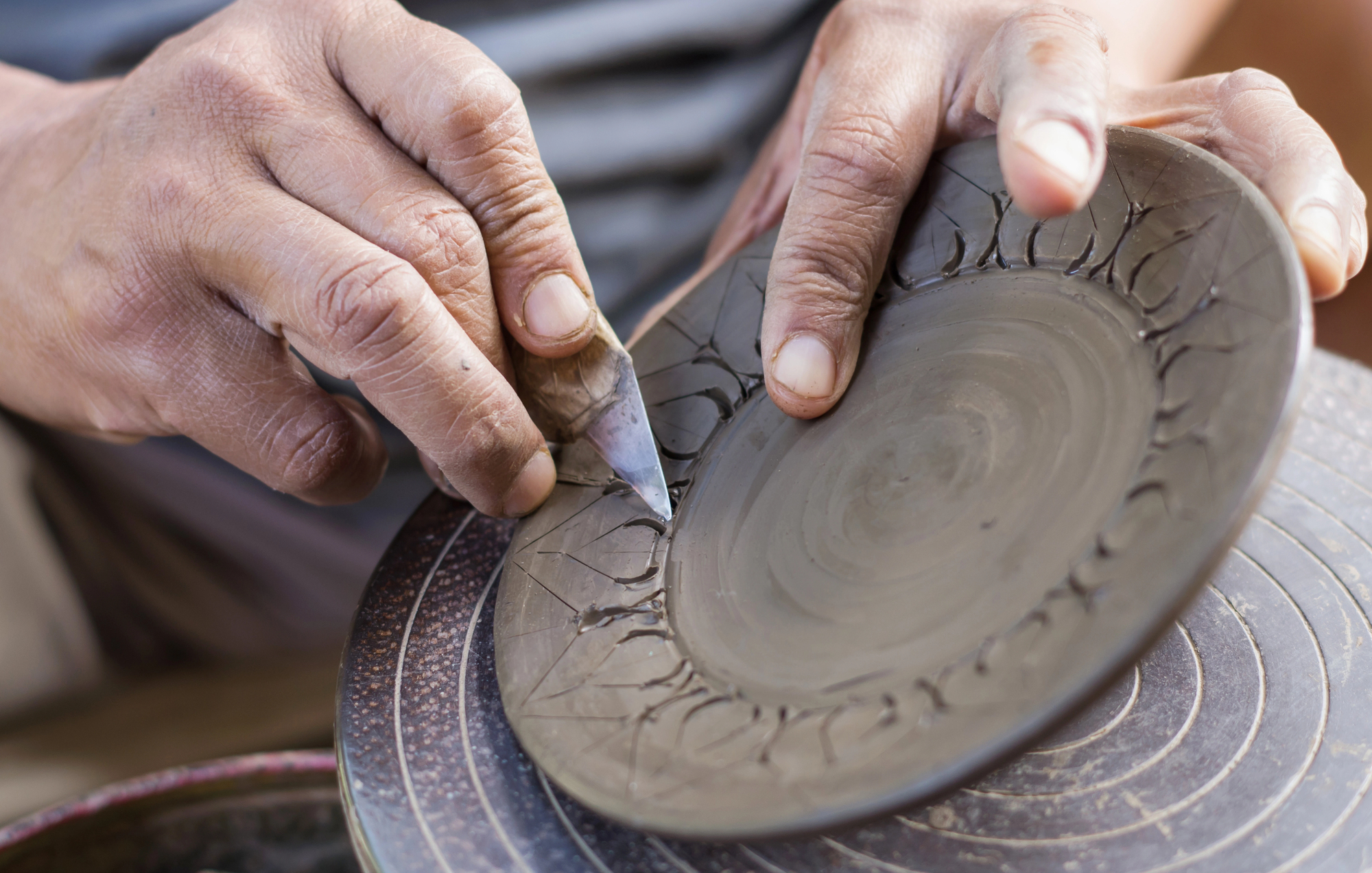
These artisan villages prove that traditional skills remain relevant in our technology-driven world, offering alternatives to mass production that emphasize quality, cultural identity, and human creativity over efficiency and cost reduction. Each community demonstrates how craft traditions adapt to modern markets while maintaining the essential techniques and cultural values that define their identities.
The artisans working in these villages serve as guardians of knowledge that took centuries to develop, ensuring that future generations can experience the satisfaction of creating beautiful objects with their own hands. In preserving these traditions, these communities maintain connections to human heritage that remind us why handmade objects possess emotional resonance that manufactured goods can never replicate.
More from Travel Pug

- 20 Best Beach Towns in the Carolinas
- 13 Destinations Where Tourists Regularly Regret Their Trip
- 20 Destinations That Are More Magical Without an Itinerary
- 20 Underrated Adventures That Belong on Your Travel List
- 20 Cities Where You Should Just Wing It, No Planning Required
Like Travel Pug’s content? Follow us on MSN.
